A young filmmaker joins a tour of WWII veterans from the 29th Infantry through celebrations surrounding the 70th anniversary of D-Day in a quest to better know her late grandfather.
Related Movies
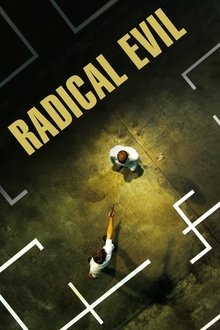
Radical Evil (2014)
Das radikal Böse is a German-Austrian documentary that attempted to explore psychological processes and individual decision latitude "normal young men" in the German Einsatzgruppen of the Security Police and SD, which in 1941 during the Second World War as part of the Holocaust two million Jewish civilians shot dead in Eastern Europe.

Drancy 1941–1944, the Internment Camp Next Door (2012)
The untold story of a world-renowned place of remembrance of the Holocaust in France, the internment camp of Drancy, which was the central transit for the near totality of the 76 000 deported Jews of France during World War II.

David – Stories of Honour and Shame (1997)
Documentary about Finnish Jews during WWII and their unique position as German allies.
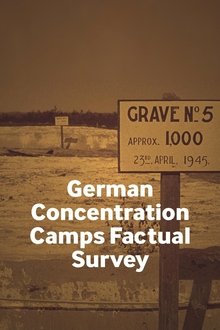
German Concentration Camps Factual Survey (2017)
On the 29th September 1945, the incomplete rough cut of a brilliant documentary about concentration camps was viewed at the MOI in London. For five months, Sidney Bernstein had led a small team – which included Stewart McAllister, Richard Crossman and Alfred Hitchcock – to complete the film from hours of shocking footage. Unfortunately, this ambitious Allied project to create a feature-length visual report that would damn the Nazi regime and shame the German people into acceptance of Allied occupation had missed its moment. Even in its incomplete form (available since 1984) the film was immensely powerful, generating an awed hush among audiences. But now, complete to six reels, this faithfully restored and definitive version produced by IWM, is being compared with Alain Resnais’ Night and Fog (1955).
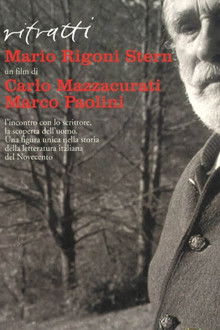
Ritratti: Mario Rigoni Stern (1999)
Marco Paolini interviews Mario Rigoni Stern about—among other things—his well-known experience as a soldier on the Eastern front during WWII, culminating in the infamous retreat of the Italian troops, the difficult reintegration into civilian life after the war, his relationship with his literary work and with his ancestral land, the Asiago Plateau.
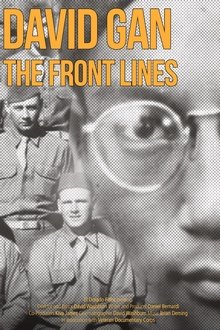
David Gan: the Front Lines (2012)
A young David Gan joins the WWII effort, eager to serve his country. Feelings of exclusion as a Chinese-American disappear in the Army. After experiencing the loss of so many fallen comrades, David dedicates his life to those who never came home.
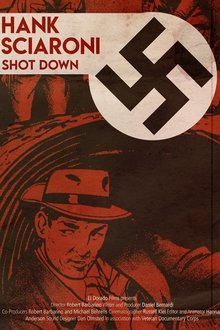
Richard Hank Sciaroni: Shot Down (2015)
Through the perils of air combat, and an emergency landing behind enemy lines in Italy, Hank Sciaroni utilized his capability to speak Italian to help get him and his men to safety as the Germans closed in.
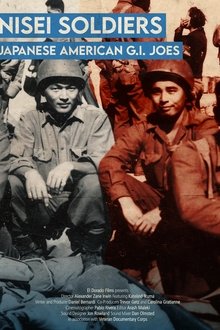
Nisei Soldiers: Japanese American G.I. Joes (2017)
Leaving internment camps to defend their country in Europe, Japanese-American Nisei soldiers of WWII became the most decorated unit in American history.

Aldo Giannini: Pacific Theatre (2014)
Like many other young men of his generation, after Pearl Harbor was attacked, Aldo Giannini joined the Marines with little idea of what lay ahead. After training, he was quickly deployed overseas and fought in the bloody Battle of Tarawa, surviving with a shrapnel injury and the haunting memory of witnessing the loss of 3,250 U.S. lives. He went on to fight in other battles and returned home after 3 intense years of service. Nearly eight decades later, he still questions if winning the island was worth the price.

Adele Shimanoff: U.S. Marine (2016)
In 1945, Adele Shimanoff joins the U.S. Marine Corps amid a larger plan to bring women into the military in order to “free a marine to fight.” Adele moves away from the traditional Women’s Reserves and into active duty for a year, where she forms lifelong friendships and meets her future husband. He remains in active duty for 28 years after she leaves, giving her a full experience of life with the Marines. More than 70 years later, Adele is forced to confront the idea that she is still needed, even when her friends have passed on before her.
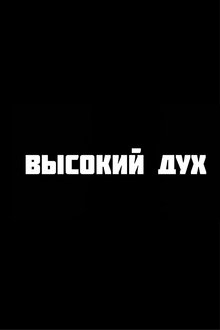
Great Spirit (NaN)
Documentary video journey in search of the missing Tatar poet Rahim Sattar. The path from the present to the past runs through a polylogue of experts, folk music, works by contemporary artists, musical and creative interpretation of poems by Rahim Sattar and unique archival newsreels shot at the dawn of cinema.

Pearl Harbor, le monde s'embrase (2021)
Hawaii, Pacific Ocean. In this heavenly place, one of the most memorable battles of the Second World War took place 80 years ago. On December 7, 1941, at 7:53 am, a Japanese air squadron struck the American fleet which anchored in the waters of Pearl Harbor. The United States were struck at the heart of their defensive system and entered the conflict the very next day. How Pearl Harbor changed the face of World War II and therefore the face of the world? What are the diplomatic undersides of Pearl Harbor? Was the attack really a surprise attack? Is it really a Japanese victory?




